A short history of Dong Khoi St
No street better embodies seven decades of change in Saigon than Dong Khoi St. Three different names over the years are markers for each phase in its history.
During French colonial times the street was known as the Rue Catinat. During South Vietnam’s short war plagued existence as a nation, it was Tu Do or Freedom St. When the communists took over in 1975, the name changed again - this time to Dong Khoi (Total Revolution) St.
The street has gone from being the centre of glamour in the French colony, to the centre of sleaze and intrigue during the Vietnam War.
In the late 70s and early 80s when business was a dirty word in post-war Vietnam, Dong Khoi's commercial shutters came crashing down.
If you have an interest in Saigon's history, culture and architecture, you should check out Saigon Tales of the City from Old Compass Travel - our sister travel company. It's a heritage walking tour of Saigon that operates most days - www.oldcompasstravel.com

Photo: Mark BowyerMotorcycle taxi driver Dong Khoi St
The video shows Saigon's main streets from video I shot in 1993 and again in 2016.
But a fourth era began in this street's story almost two decades ago and Dong Khoi St is once again at the commercial heart of the city.
If name changes have marked epochs in the story of this street, another name change might be in order.
In recent years, international brands have colonised the strip alongside stylish local boutiques, cafes and restaurants. New office towers seem destined to cast dark shadows over the narrow tree lined street, its quaint low rise shophouses, and grand 1920s French apartment blocks.
A walk along Dong Khoi St will showcase some of what remains in terms of grand French colonial architecture in the city. And it’s disappearing rapidly. The last few years have claimed many colonial era charmers. And the coming years will see many of the heritage buildings referenced here, demolished as well.
These are the buildings that featured in Graham Greene's iconic 1955 novel of late French colonial life, The Quiet American. They're the buildings that have given Dong Khoi St its unique character and its connection to the city's past.
Greene stayed in Room 412 at the Continental Hotel on Dong Khoi St while writing the book.
Saigon's planners have proven remarkably uninterested in the proposition that Dong Khoi St may be more valuable as a place of heritage and low-rise development than bland shopping malls, office towers, glass and concrete.
The street seems to be receiving little by way of special heritage consideration - though the Continental, Grand and Caravelle hotels look safe, along with the Post Office and Notre Dame Cathedral at the head of the strip.
The COVID pandemic trashed many of the businesses on the strip and in 2024, there are still many unoccupied commercial buildings. The street is also at the heart of Vietnam's biggest fraud and real estate scandal playing out right now, also centres around the street.
Walking tour of Dong Khoi St - self guided
Starting from the Majestic Hotel (1925) and the Saigon River, head north west. As Rue Catinat, this was one of the most glamorous strips in the colony lined with cafes and boutiques. Many of the shophouses are still visible though many have been torn down in recent years.

Photo: Mark BowyerLam Son Square, Saigon
Mid way along the strip you’ll come across Lam Son Square. Only two of the original buildings remain here - the Continental Hotel (1880) and the Opera House (1897). The Continental Hotel was immortalised in The Quiet American. The Opera House was the House of Assembly for the South Vietnamese government until its collapse in 1975.
The Caravelle Hotel (1959), home to many celebrated Vietnam War correspondents in the 60s and 70s, was renovated beyond recognition in the late 1990s.
The once grand Eden centre opposite the Continental and home to the historic Givral Cafe was torn down in January 2011.
Since 2014, construction of a new Metro system has caused major upheaval at Lam Son Square. It's commencement date continues to be pushed back. It seems like chaos can be expected in the area beyond 2018.
Beyond the Continental rises the modern Vincom Tower - a symbol of Dong Khoi's future.
The last remaining block of French era villas in the area, and a small park, were demolished in 2009 to facilitate the Vincom development.

Photo: Mark BowyerCyclo drivers - not quite extinct in the new Saigon.
Across from the Vincom Centre at 22 Ly Tu Trong St, next to the wonderful Catinat building, is the nondescript 1960s apartment building - formerly the Pittman building - which featured in the most famous image of the fall of Saigon by Dutch photographer Hugh Van Es. The image shows a helicopter perched precariously at the top of the building's elevator shaft, with hordes of people hoping in vain to climb aboard to escape approaching communist forces. The image has frequently been incorrectly captioned as the US Embassy.
The Catinat building, a favourite, has become a little hotbed of cafes and boutiques in recent years. It definitely deserves exploration. It too is marked for demolition.
As you head towards Notre Dame Cathedral, you'll pass the colonial era police station at 164 Dong Khoi St, that featured in The Quiet American. It's now the offices of the city's Service of Culture, and set for demolition.
Opposite, the Notre Dame Cathedral (1880), has pride of place in Paris Commune Square, and remains the centre of Catholicism in this mainly Buddhist country. The renovation of the cathedral has been ongoing for five years and we have no idea when it will end.
Also on the square is the stunning Central Post Office (1891) - one of the grandest of all the colonial buildings in Indochina. Make sure you head in for a look. The colonial-era maps on the walls are especially evocative.
If you’re keen to round off your tour of colonial era architecture, make a couple of short detours off Dong Khoi St along Le Thanh Ton St to visit the Hotel de Ville - now known as the People’s Committee Building, the centre of the city government. The next block up, Ly Tu Trong St is where the grand Gia Long Palace - the former French Governor’s mansion is located. This was President Ngo Dinh Diem’s final address before his assassination in 1963 and is now the Ho Chi Minh City Museum.
Our travel company Old Compass Travel runs a heritage walk of Saigon that includes Dong Khoi St. For more on Vietnam - Tales of the City, check out the website here. You can also visit us at The Old Compass Cafe on Pasteur St in the heart of Saigon.

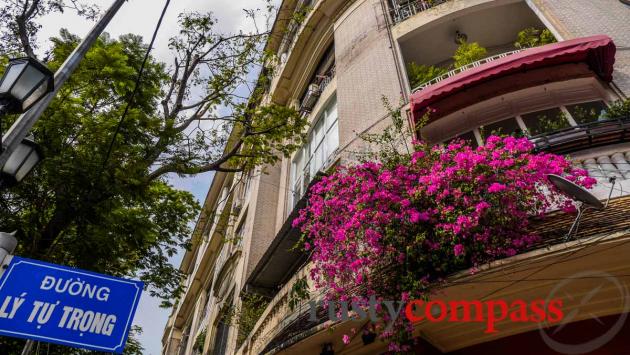
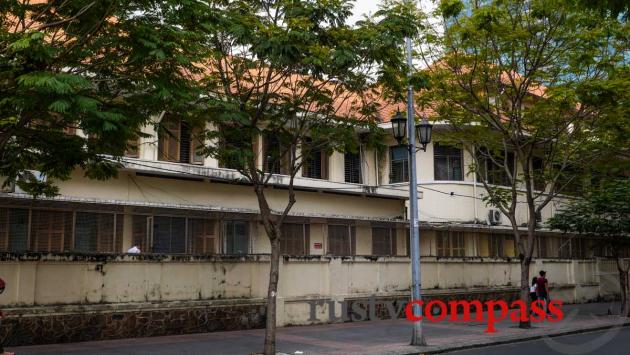
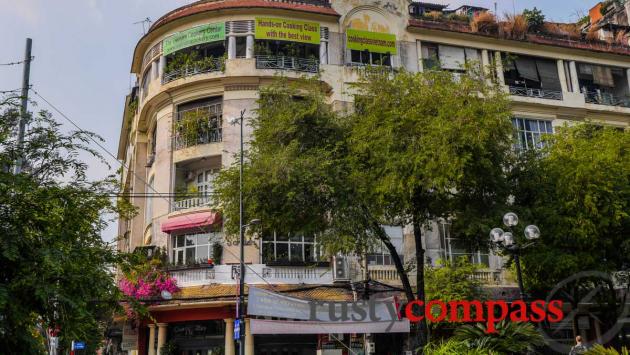
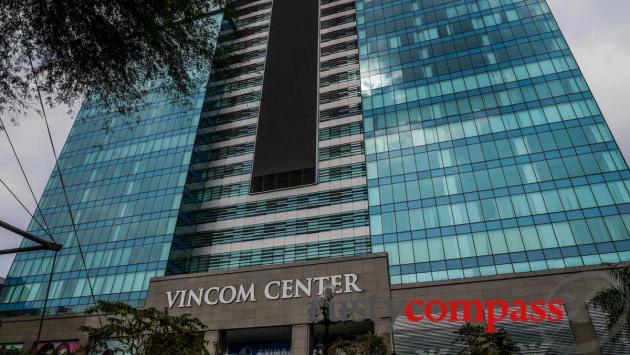
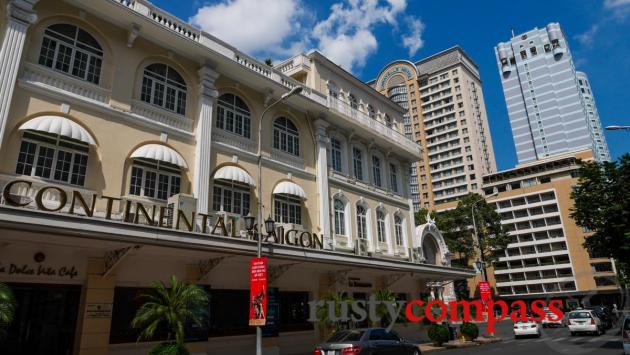

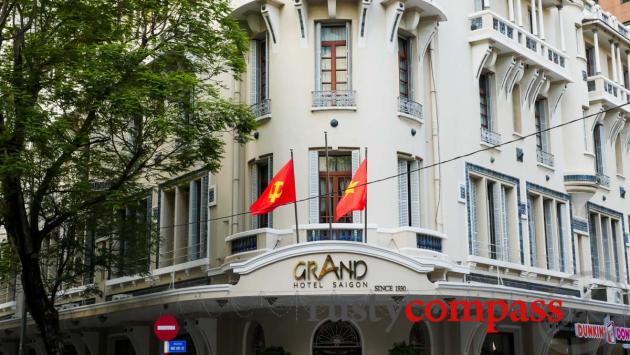
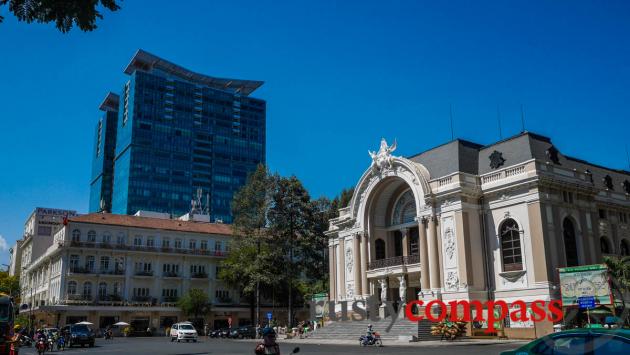
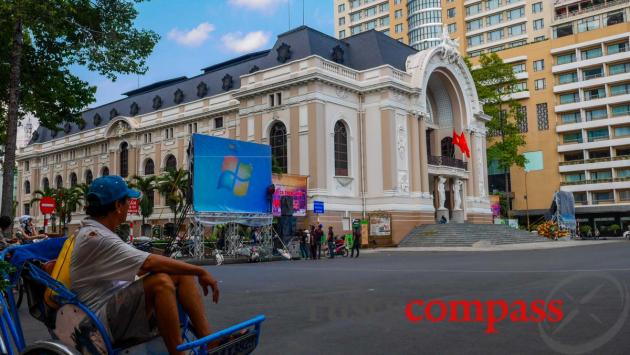
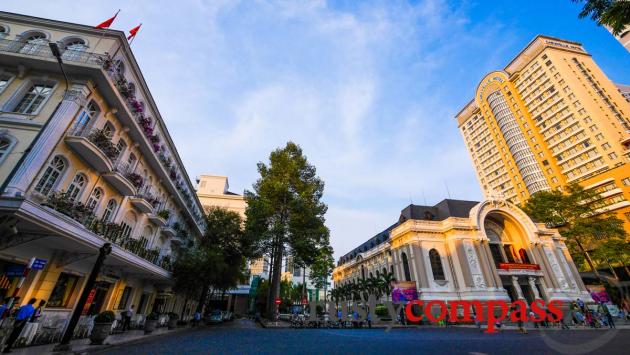
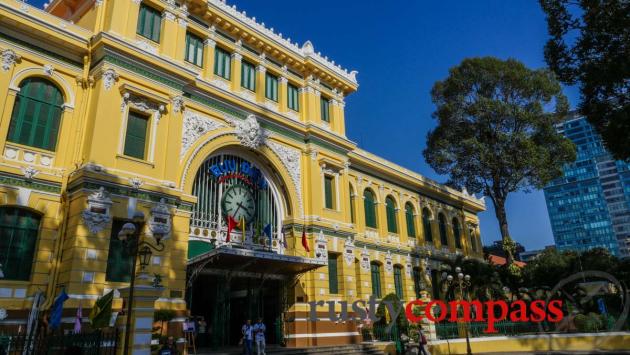
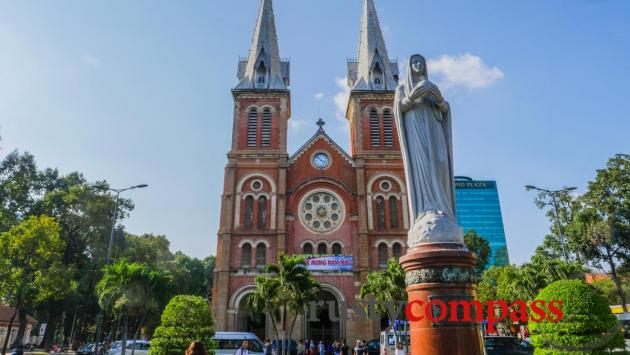
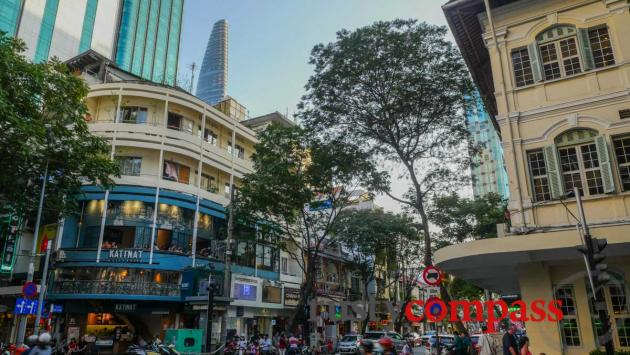
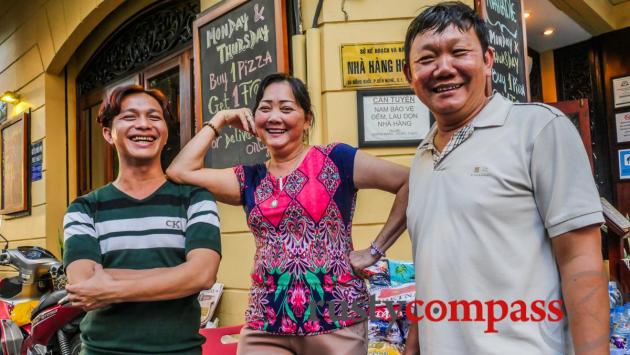
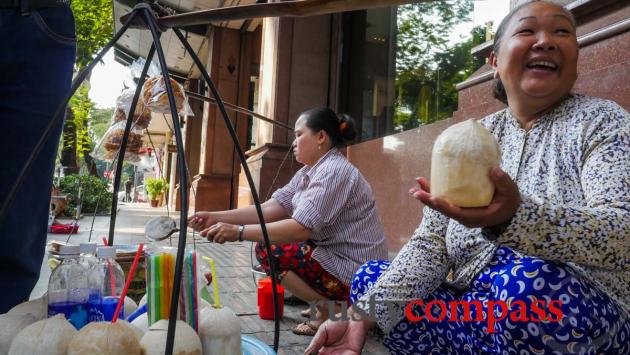
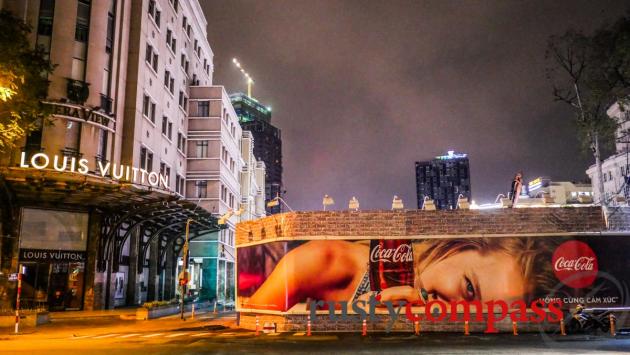







There are no comments yet.